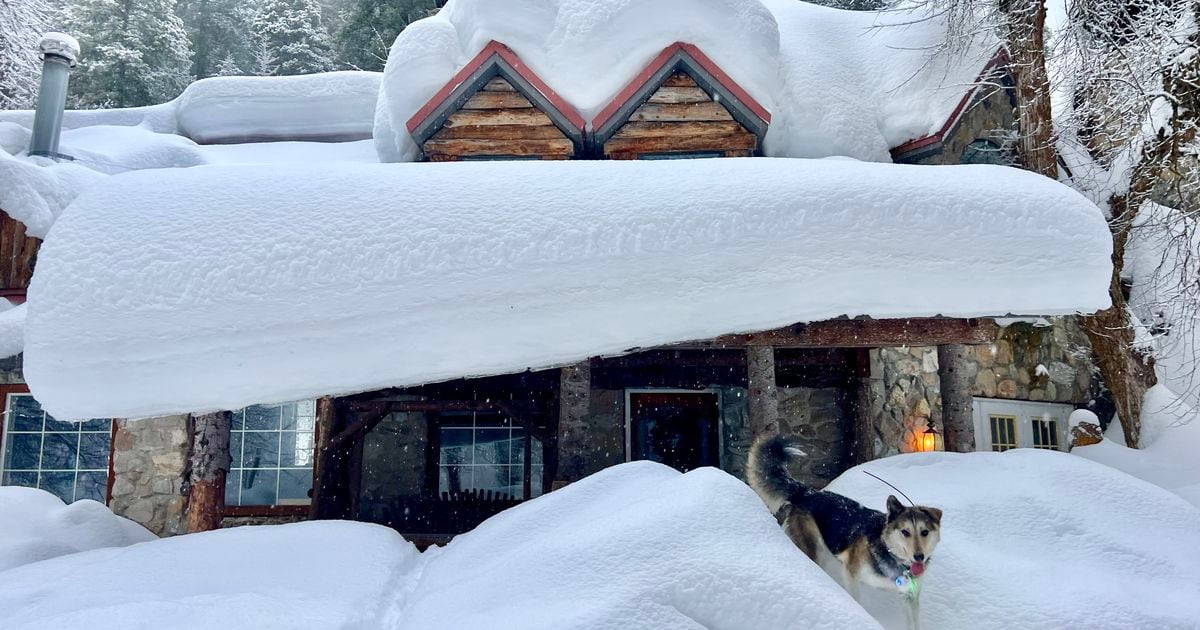Slow start didn’t stop a big winter for Utah water
At the start of winter, Utah's snowpack was struggling. But things have taken a turn for the better. The Utah snowpack and reservoir forecasts have improved, despite a slow start to the winter, with predictions that the state would not be able to turn rain into snow. As of April 1, the state's snowpack is above the median, according to the Utah Division of Water Resources, which provides about 95% of Utah's water supply from snow. The state snowpack has reached 132% of its median, an increase from 81% of the median in late December, when the state was 15% below normal. The statewide snow water equivalent, a measure that reflects the amount of water stored in snow, has reached 18.8 inches. All of Utah’s reservoirs are about 86% full, compared to 55% full this time last year, a 30% increase. The increase attributed to last year’�s record-breaking snowpack, and increased water use by Utahns.

Published : a month ago by in Environment
In late December, Utah’s snowpack was lagging. Consistent storm patterns had not taken shape, and forecasters were not sure if temperatures would drop enough to turn rain into snow.
But the state’s snowpack and reservoir forecasts tell a different story at winter’s end.
As of April 1, two days before peak, the state snowpack is well above the median — that is, typical state snowpack using data from 1991 to 2020. Utah gets about 95% of its water supply from snow, according to the Utah Division of Water Resources.
“We’re still a pretty dry state, and this year, we’re above median,” Laura Haskell, drought coordinator for the Division of Water Resources, told The Salt Lake Tribune. “Nothing record-breaking like last year, but people need to remember that. ... We’re still Utah, and we don’t have as much water as maybe we’d ideally like to have.”
The state snowpack has stretched to 132% of the median. That’s an increase from 81% of the median in late December, when the state snowpack was 15% below normal. The statewide snow water equivalent, a measure that reflects the amount of water stored in snow, has reached 18.8 inches.
Haskell reported that even in the area in the state with the least snow, the Beaver Basin, the snowpack has reached 117% of its median.
Excluding Lake Powell and Flaming Gorge — which are about 32% and 83% full respectively — all of Utah’s reservoirs should fill this year, according to Haskell. The two large reservoirs, which provide water for other states in the Colorado River Basin, can skew the data, Haskell said. The other reservoirs throughout the state supply drinking and agricultural water for Utahns.
As of April 1, all of Utah’s reservoirs are about 86% full, compared to just 55% full this time last year — a 30% increase. The median capacity for this time of year is about 66%.
Haskell attributed the jump to last year’s record-breaking snowpack, but also to Utahns.
“Last year’s record snowpack really brought those reservoir levels up, and people have been smarter with their water use,” she said. “They’re paying a little more attention, and if everyone pays attention to their water use, it can go further.”
This year, many people applied for rebates to install landscaping better suited to Utah’s dry climate, Haskell said.
To learn more about how to optimize your home or lawn to save water, visit slowtheflow.org.
